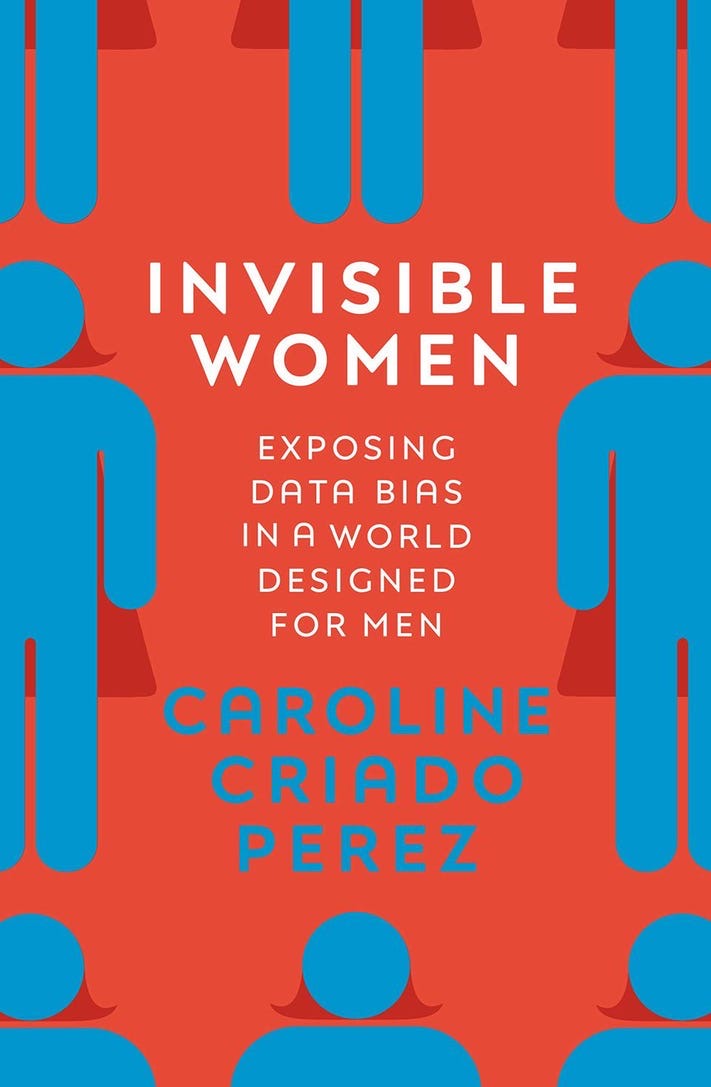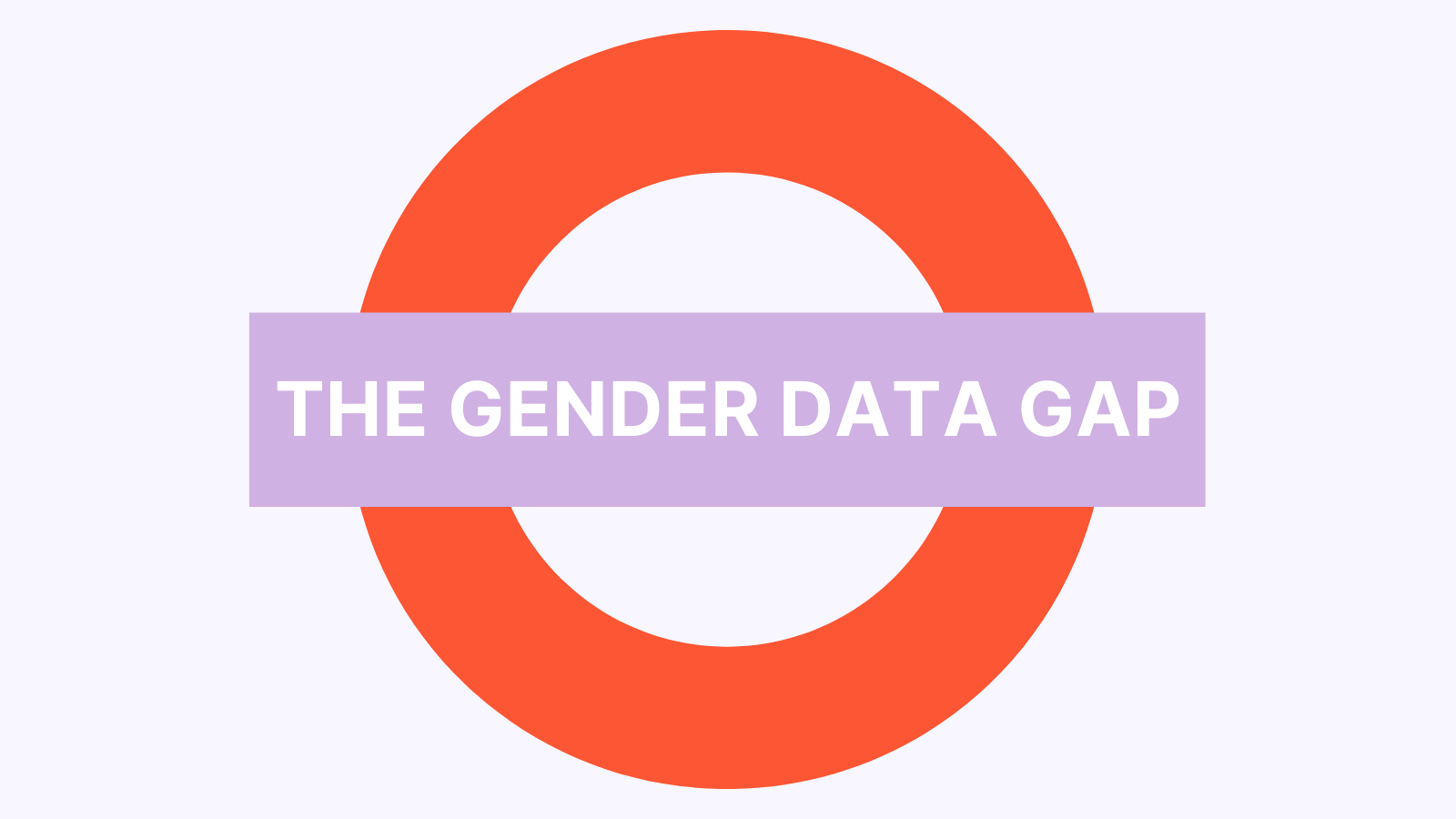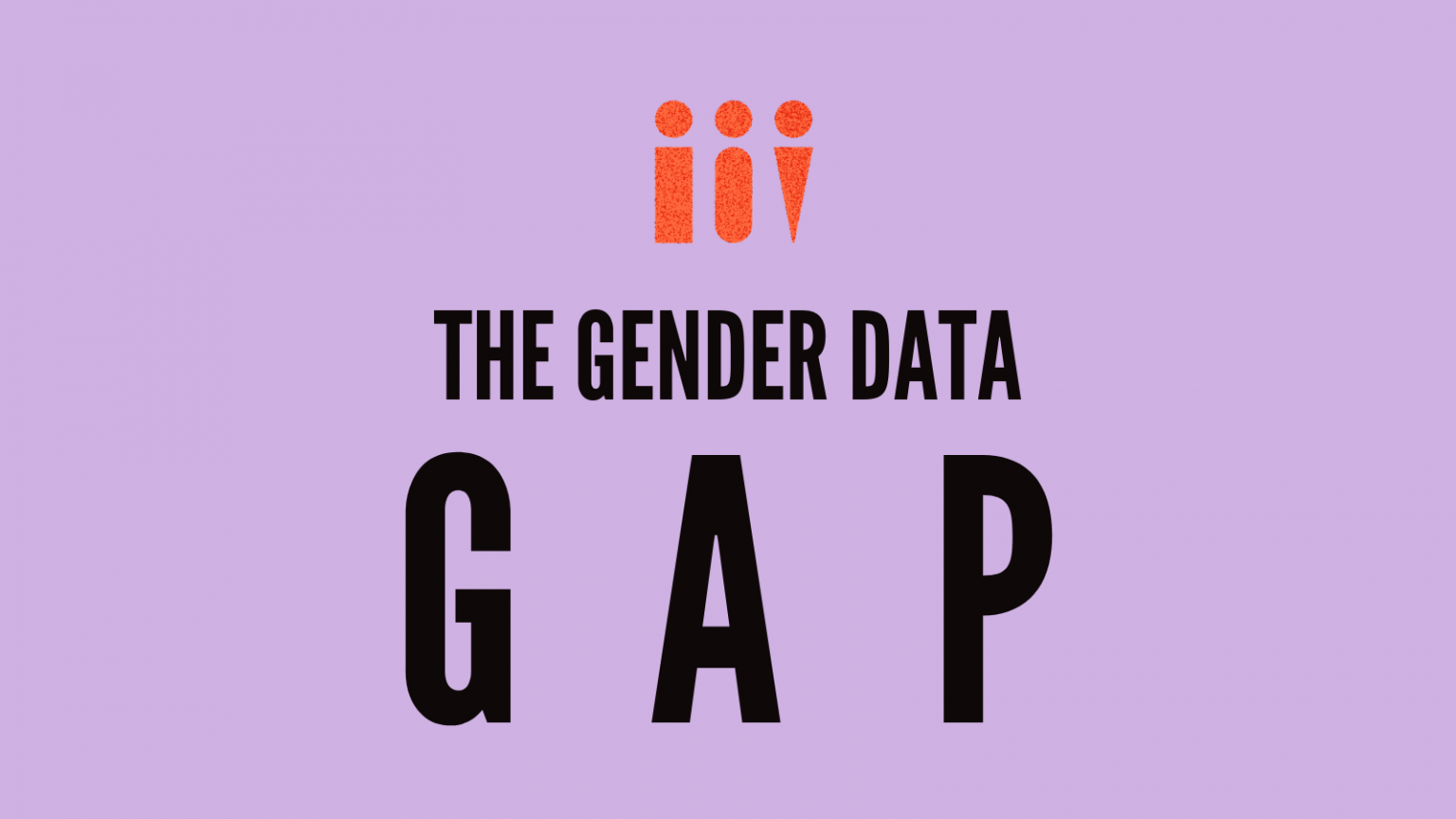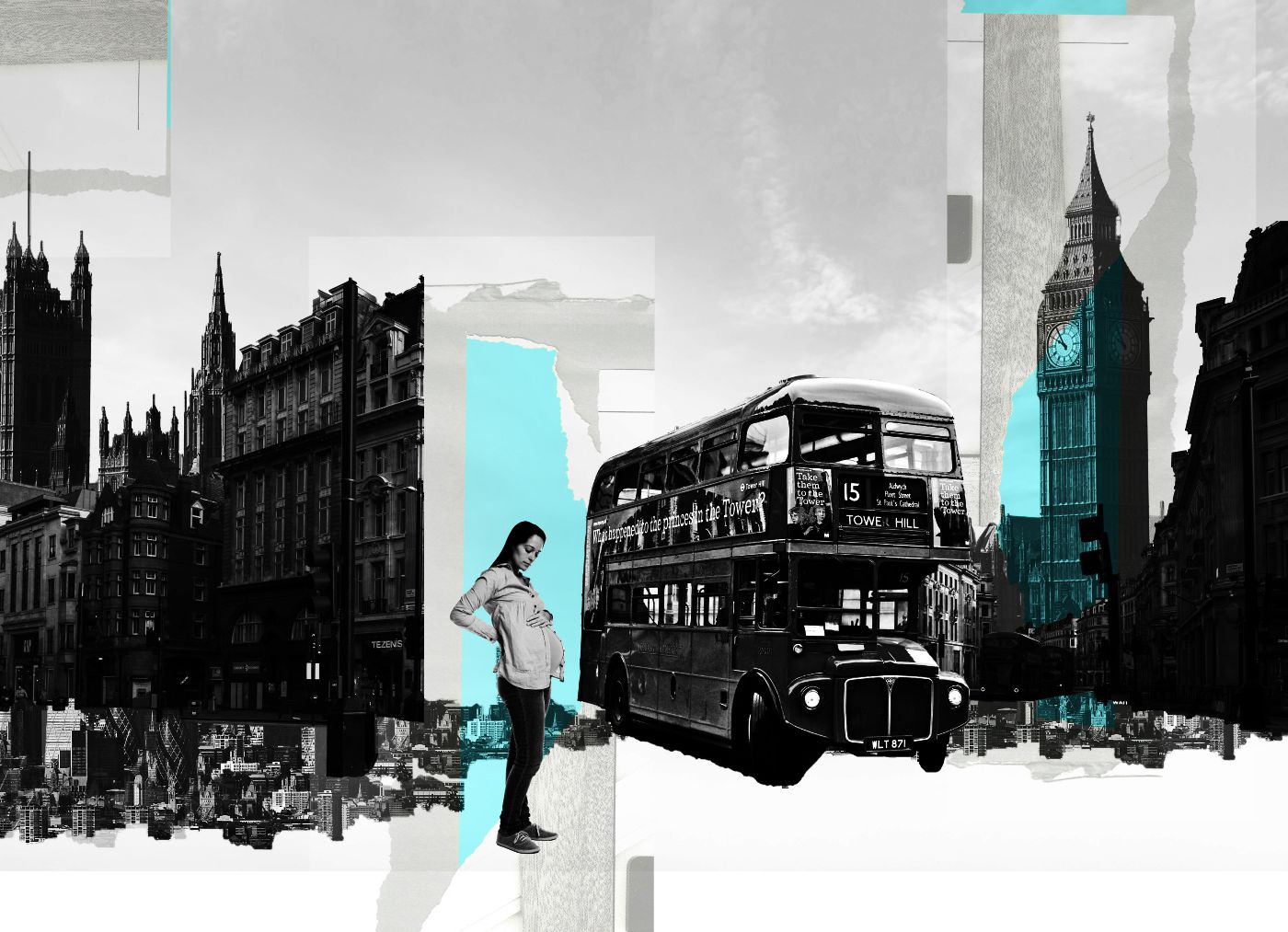Research
Research
https://overdemuur.org/de-wereld-van-de-voc-en-de-vergeten-aziatische-vrouwen/
how women were left out of the database about voc/asian history
"The history of the VOC often revolves around European men who lived and worked in Asia for a short or longer period of time. But it is precisely by looking at the Asian women that we understand more of this past, Suze Zijlstra shows on the basis of her family history."
"click on this box to go to the article"
The invisible women- data bias in a world designed for men
book written by Caroline Criado Perez
This book was our inspiration to start with this topic for the practice. here are some of the inspirational paragraphs and phrases from the book which we use for our research.
“One of the most important things to say about the gender data gap is that it is not generally malicious, or even deliberate. Quite the opposite. It is simply the product of a way of thinking that has been around for millennia and is therefore a kind of not thinking. A double not thinking, even: men go without saying, and women don’t get said at all. Because when we say human, on the whole, we mean man.”
“One of the most important things to say about the gender data gap is that it is not generally malicious, or even deliberate. Quite the opposite. It is simply the product of a way of thinking that has been around for millennia and is therefore a kind of not thinking. A double not thinking, even: men go without saying, and women don’t get said at all. Because when we say human, on the whole, we mean man.”
“when it comes to women of colour, disabled women, working-class women, the data is practically non-existent. Not simply because it isn’t collected, but because it is not separated out from the male data – what is called ‘sex-disaggregated data’.”
“when it comes to women of colour, disabled women, working-class women, the data is practically non-existent. Not simply because it isn’t collected, but because it is not separated out from the male data – what is called ‘sex-disaggregated data’.”
This material may be protected by copyright.
“For over a hundred years, a tenth-century Viking skeleton known as the ‘Birka warrior’ had – despite possessing an apparently female pelvis – been assumed to be male because it was buried alongside a full set of weapons and two sacrificed horses.11 These grave contents indicated that the occupant had been a warrior12 – and warrior meant male”
“For people such as the ancient Scythians, who fought on horseback with bows and arrows, there was no innate male warrior advantage, and DNA testing of skeletons buried with weapons in more than 1,000 Scythian burial mounds from Ukraine to Central Asia have revealed that up to 37% of Scythian women and girls were active warriors.1”
“In Muriel Rukeyser’s poem ‘Myth’, an old, blind Oedipus asks the Sphinx, ‘Why didn’t I recognize my mother?’ The Sphinx replies that Oedipus answered her question (what walks on four legs in the morning, two in the afternoon and three in the evening) incorrectly. ‘[Y]ou answered, Man. You didn’t say anything about woman.’ But, replies Oedipus, when you say man, ‘you include women too. Everyone knows that.’
But in fact the Sphinx was right and Oedipus is wrong. When you say man you don’t ‘include women too’, even if everyone does technically ‘know that’.”
“when in 2017 the first female head of London’s Fire Brigade, Dany Cotton, suggested that we should replace ‘fireman’ with the now standard (and let’s face it, much cooler) ‘firefighter’, she received a deluge of hate mail.29”
“A 2015 analysis by Data2x (a UN-backed organisation set up by Hillary Clinton that is lobbying to close the global gender data gap) found that many interventions simply don’t reach women in part because women are already overworked and don’t have time to spare for educational initiatives, no matter how beneficial they may end up being.”
“In order to design interventions that actually help women, first we need the data. But it sometimes feels like we’re not even trying to collect it.”

"https://www.nemokennislink.nl/publicaties
/gehandicapten-zijn-niet-het-probleem-in-het-ov-maar-de-ontoegankelijkheid/
roughly two million citizens in the netherlands have a physical dissability or another (in)visible challenge. how can we organize a sustainable transportation for them too?
" "click on this box to go to the article"
https://equalityinsights.org
Equality Insights asks questions about the areas of people’s lives that are usually overlooked when measuring poverty. The combination of what we ask and how we ask it mean we are better able to understand how gender, age, ethnicity, disability, sexuality, geographic location or other characteristics create, shape or deepened experiences of poverty and inequality. This helps policy-makers and change agents focus on the structural barriers and roots causes of poverty and inequality, and inspire change to address them.
one of the interesting articles the published is mind the (gender data) gap:
The Gender Data Gap
Girls and women are often invisible to decision-makers because information about their lives and experience is incomplete or missing. Gaps in gender data, including the ways people experience multiple and intersecting inequalities, are problematic in a world where data drives policy- and decision-making.
But the issue isn’t just that there are gaps in our data; the data we do have is often biased, partial and/or sexist.
" click on the box to go to the article about the data gap (from there you can also check out the rest of the website)"


https://inthesetimes.com/article/feminist-city-leslie-kern-new-york-city-abolition-park
"The city, in other words, is the center of capitalism and material inequality, and is designed for a particular type of man — white and cisgender, middle-to-upper class, non-disabled. "
an interesting article talking about the book Feminist City: Claiming Space in a Man-made World
" click on the box to go to the article"
(Illustration by Meredith Miotke)
https://vidhilegalpolicy.in/research/making-a-feminist-city-planning-safety-and-autonomy-for-women/
This report focuses on the spatial dimensions of safety, in examining how laws and policies affecting urban space can be modified or amended to create safe and equitable cities. The provision of gender sensitive public infrastructure and services necessary for the production of safety and autonomy in urban space will enable social and economic development of women, girls, sexual and gender minorities. The way to realise this is to engage with feminist geography, with the recommendation to adopt feminist urban planning as an approach to realise this goal.
"click on this box to go to the article"
Illustrations made by Drishti Khokhar
event
Sara Ortiz Escalante will open the Community Conversation speaking about the relevance of gender perspectives to create sustainable and just cities. Sara works at Col·lectiu Punt 6 (Collective Point 6) a cooperative engaged on feminist urbanism to “make our cities more inclusive and make the people who inhabit them the experts of the spaces that surround us.”
(has already happened)
https://urban-arena.eu/event/urbana-community-conversation-feminist-perspective-for-sustainable-just-cities/

In short, women’s bodies are still often seen as the source or sign of urban problems. Yet the reality is that women are much more likely to suffer from the structure of the city than their male counterparts. The constant, low-grade threat of violence mixed with daily harassment shapes women’s urban lives in countless ways. Just as workplace harassment chases women out of positions of power and erases their contributions to science, politics, art, and culture, the specter of urban violence limits women’s choices, power, and economic opportunities.
https://www.vox.com/platform/amp/the-highlight/2020/6/5/21279320/feminist-geography-cities-urbanism-safety-motherhood
"click on this (invisible) box to go to the article"
podcast talking about the book: Data Feminism
Feminist City. By Sofia Neto & Stephanie Bloemendal
source: mid.edu
source: George Valdes- monograph.com
https://www.newyorker.com/science/elements/the-ghost-statistic-that-haunts-womens-empowerment
field research
https://www.youtube.com/shorts/f5hHuYTYjIw
because it is a short it does not want to become video
" click on the box to go to the video"